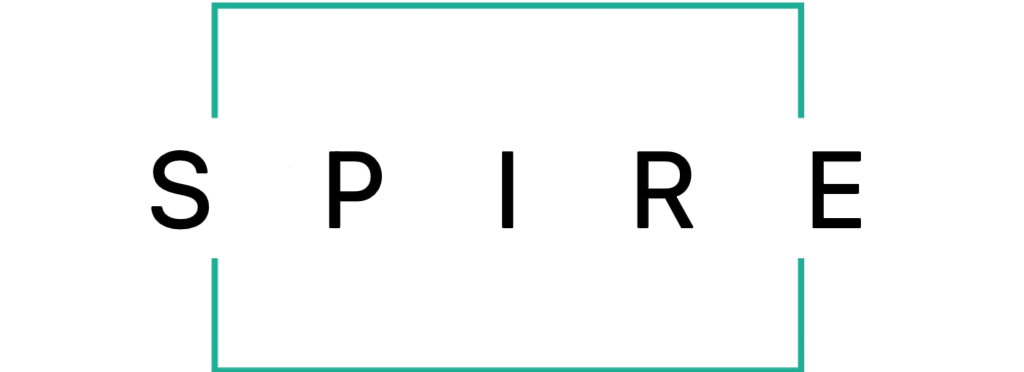
Sleep Well 2.0: SSLD Approach to Sleep
©2007, 2015 Dr. A. Ka Tat Tsang, University of Toronto
Development of the Sleep Well Program started in 2006. It is based on the SSLD (Strategies and Skills Learning and Development) System created by Professor Ka Tat Tsang at the University of Toronto. The Sleep Well program was initially designed as an 8-week group intervention, with a follow-up booster session. The program has been piloted in Toronto with very encouraging results. The application was later taken to Hong Kong, with continuous development and refinement. Taking advantage of client feedback and practice experience, the program was fully revised in 2012 to Sleep Well 2.0. Like most SSLD programs, ongoing R&D will be conducted.
Empty space, drag to resize
Factors of Sleeping
Our sleep pattern is affected by processes in all the six domains:
- Environmental
Chemical substance affecting sleep: stimulant (caffeine), medication, hypnotic substance in food (e.g., tryptophan)
Physical source of discomfort (hard rigid mattress),
Distraction (noise, light, snoring partner),
Social reality: Interpersonal relationships, work related demands (e.g., shift duty, overtime)
- Biological program
Neurophysiology
Program Characteristics
Accordion Description
Self Efficacy
Accordion Description
Program Components
Accordion Description
Copyright © 2024
